On the morning of August 1, Chairman of the Ho Chi Minh City People's Committee Nguyen Van Duoc chaired a meeting with relevant departments and units to resolve difficulties and problems related to the project to solve tidal flooding in the Ho Chi Minh City area taking into account climate change factors (phase 1) and the project to invest in building the connecting route from Pham Van Dong Street to the Go Dua - National Highway 1 intersection.
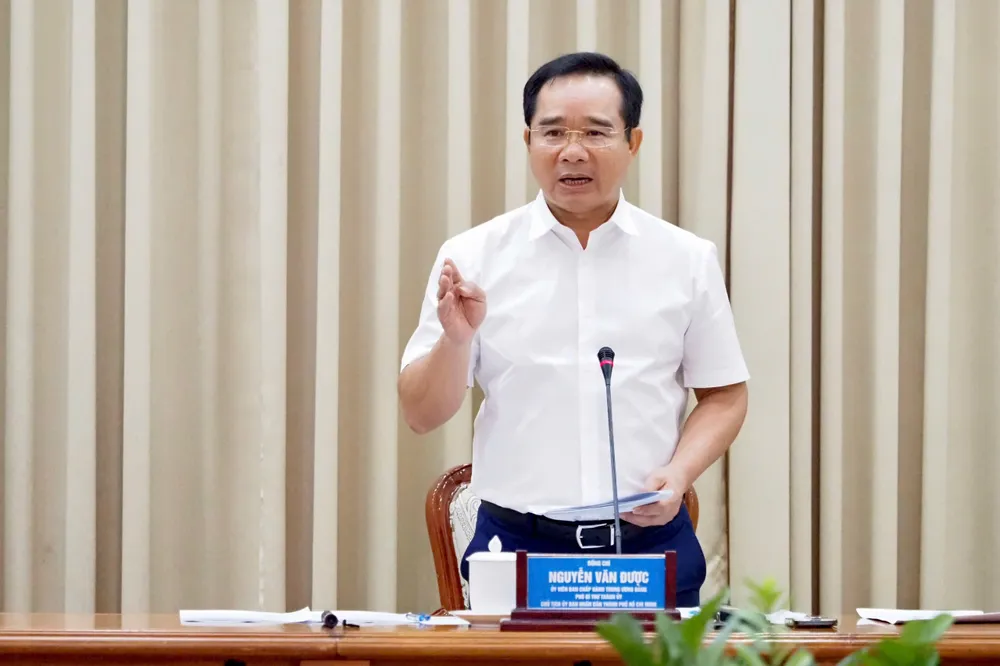
In order for the project to continue to be completed and put into operation, the Department of Finance recommends that the relevant departments and branches and the Ho Chi Minh City People's Committee direct the Department of Finance to complete and submit to the Ho Chi Minh City People's Committee for promulgation as a basis for implementation in accordance with the work contents, ensuring progress.
For investors, it is recommended that Trung Nam Company coordinate with the city in the process of mobilizing capital sources, speeding up the construction progress to complete Ben Nghe culvert (in October 2025) and Muong Chuoi canal (in December 2025). For BIDV Bank, it is recommended that it coordinate with the city in reviewing the project's loan interest costs, and at the same time recommend the State Bank to remove difficulties and obstacles related to refinancing and disbursement...
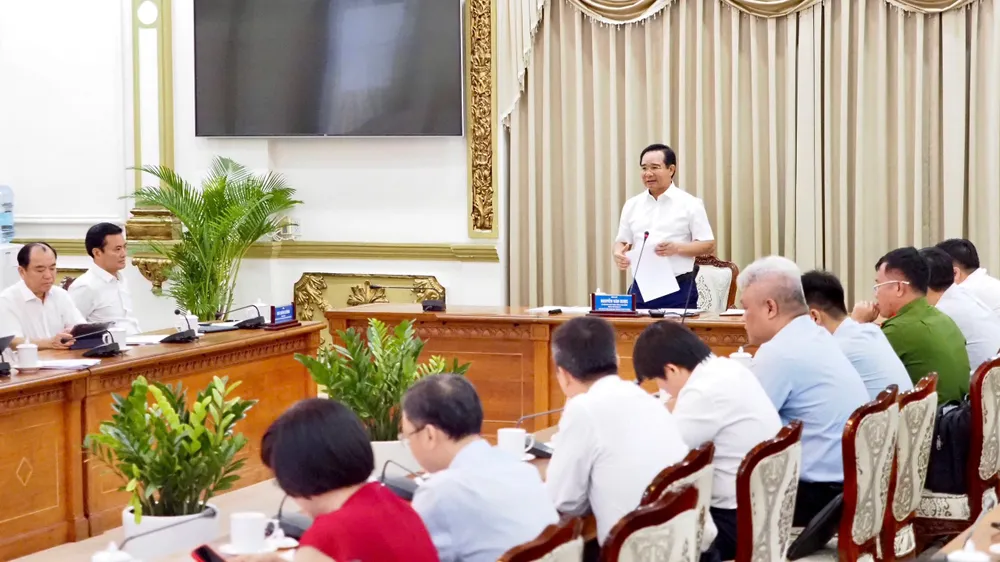
After listening to opinions from departments, branches and investors related to two key BT projects, the Tidal Flood Solution Project (Phase 1) and the Ring Road 2 Section (Pham Van Dong - Go Dua), Chairman of the Ho Chi Minh City People's Committee Nguyen Van Duoc gave specific instructions to promote progress and completely remove obstacles.
The Chairman of the Ho Chi Minh City People's Committee emphasized that the leaders of Ho Chi Minh City are very concerned about the backlog of projects, because prolonged delays cause waste of social resources, directly affecting people's lives and the investment environment.
“HCMC will resolve the projects in a decisive manner. I request the members of the working group to be proactive, flexible, and bold in proposing solutions to put the projects into operation soon,” said comrade Nguyen Van Duoc.
Chairman of the Ho Chi Minh City People's Committee Nguyen Van Duoc affirmed that handling backlogged BT projects is to remove difficulties for businesses to soon put the projects into operation and serve the people. The implementation process must comply with legal regulations, comply with state management principles; not to lose or waste public assets and land funds; and resolutely prevent corruption and negativity in the process of removing them, not to allow mistakes and violations in implementation.
The Chairman of the Ho Chi Minh City People's Committee decided to consolidate the Working Group to remove obstacles for BT projects, assigning Vice Chairman of the Ho Chi Minh City People's Committee Bui Xuan Cuong as the Head of the Group, directly directing the entire handling process for both projects.
Chairman of the Ho Chi Minh City People's Committee Nguyen Van Duoc requested the working group to complete important tasks before October 2025. Specifically, adjusting the total investment; adjusting and appraising the Feasibility Study Report; negotiating and signing the BT contract appendix; proposing land fund for payment, determining value; handing over the project, auditing and finalizing the project.
Regarding construction responsibilities, the Chairman of the Ho Chi Minh City People's Committee requested that investors, after agreeing on the work and documents with state agencies, must promptly implement the construction as committed. "The units have promised, they must do it. There is no reason to delay any longer," emphasized comrade Nguyen Van Duoc.

Previously, the Government issued Resolution No. 212/NQ-CP, allowing Ho Chi Minh City to remove legal obstacles and payment mechanisms for two investment projects under the BT (build-transfer) form, including the project to solve flooding caused by tides with consideration of climate change factors (phase 1) and the 2.7km long section of Ring Road 2 from Pham Van Dong Street to Go Dua intersection.
According to Resolution 212, the Ho Chi Minh City People's Committee is allowed to pay investors with land funds. In case the land fund value is lower than the BT project value (after reviewing and eliminating all unreasonable costs), the difference will be paid with money from the city's public investment capital.
At the same time, Ho Chi Minh City was assigned the authority to prepare, appraise and adjust the feasibility study reports for both projects, instead of having to submit them to central ministries and branches as before. The determination of land use rights value, land use fees and payment basis was also assigned to the city to take charge of implementation in accordance with legal regulations.
The tidal flood control project taking into account climate change was invested by Trung Nam Group, starting in 2016 with a total capital of nearly 10,000 billion VND. The goal is to control tidal flooding, protect 570km² of area and 6.5 million people in the central area and along the Saigon River. Although more than 90% of the project has been completed, it has been stalled for many years because the land fund payment procedures have not been completed, leading to a lack of capital to continue construction.
The Beltway 2 project from Pham Van Dong to Go Dua (Thu Duc City), invested by Van Phu Bac Ai Joint Stock Company, has a total investment of VND 2,700 billion, and started construction in 2017. According to the plan, the project will be completed after 3 years. However, to date, only about 44% of the volume has been achieved and construction has stopped since 2020 due to problems with site clearance and unpaid land fund.
Source: https://www.sggp.org.vn/khan-truong-giai-quyet-vuong-mac-som-hoan-thanh-va-dua-cong-trinh-chong-ngap-vao-hoat-dong-post806380.html



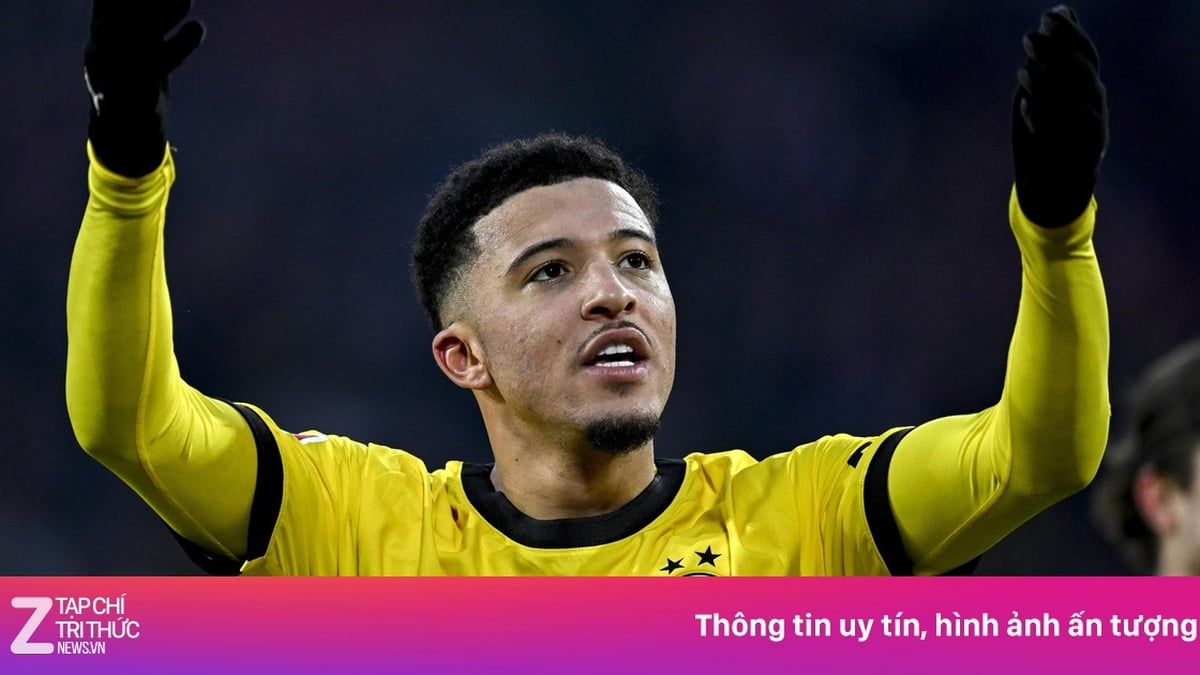


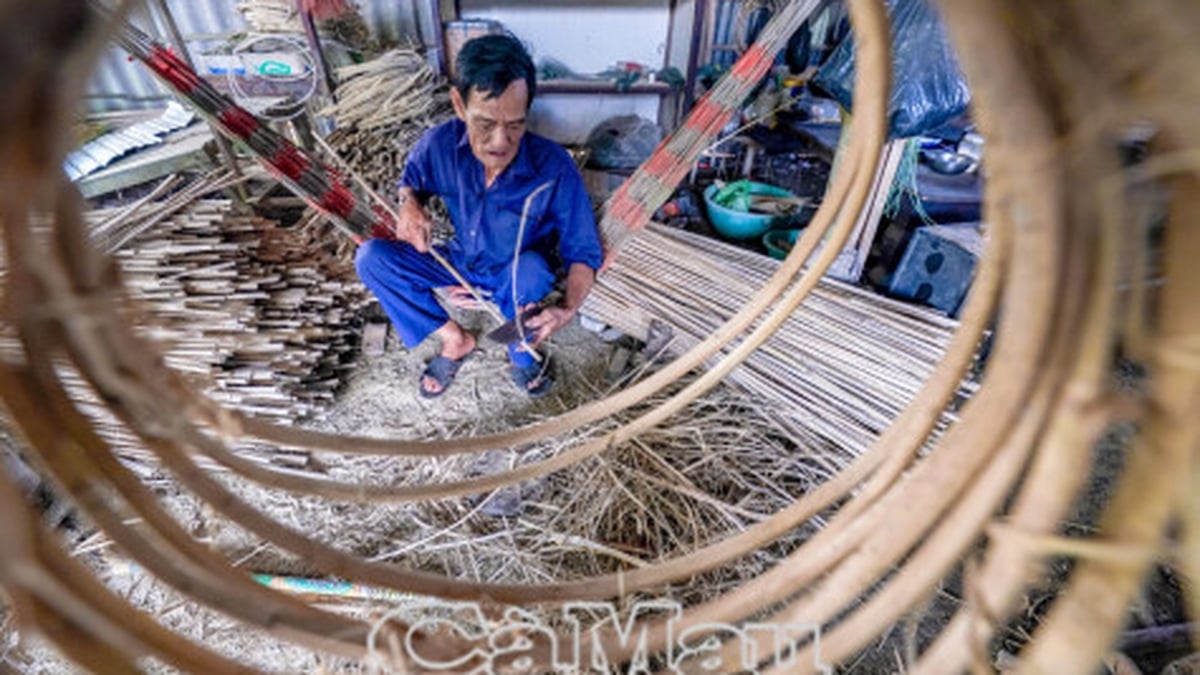


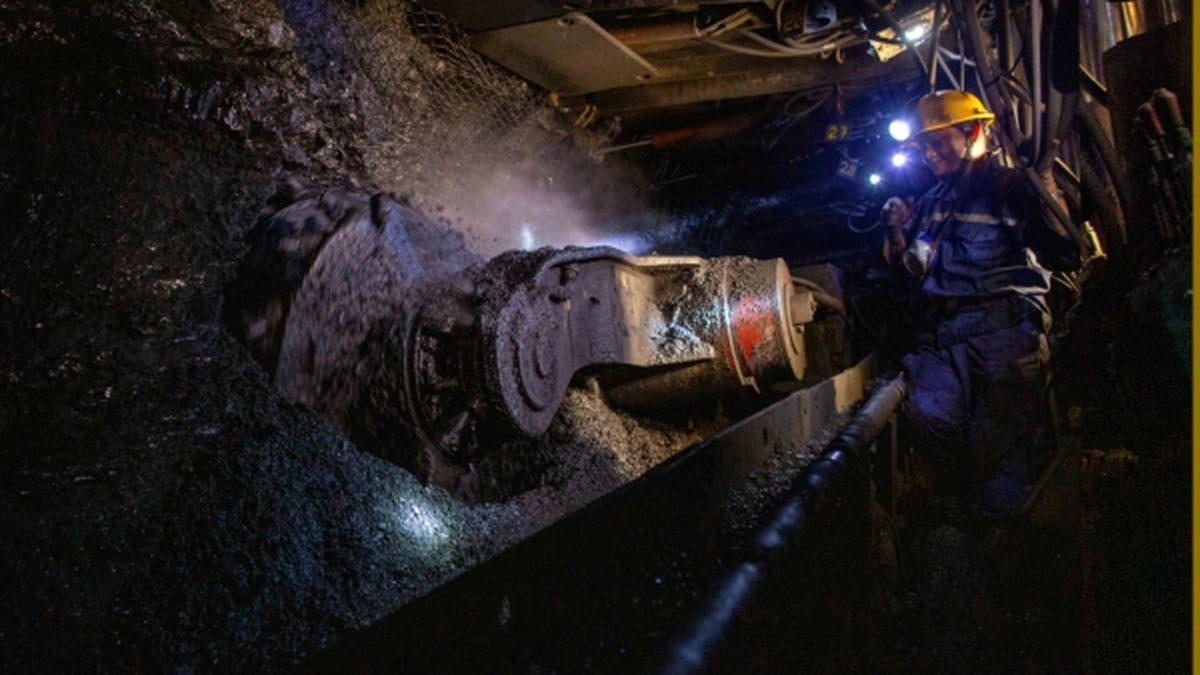
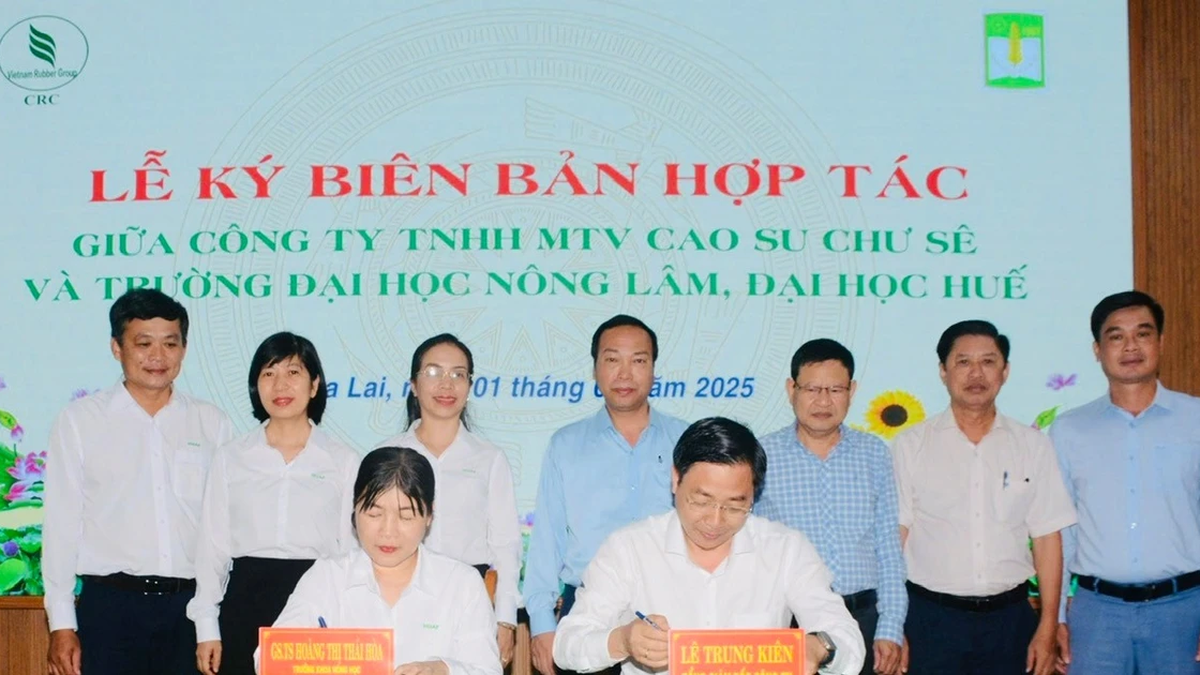






















































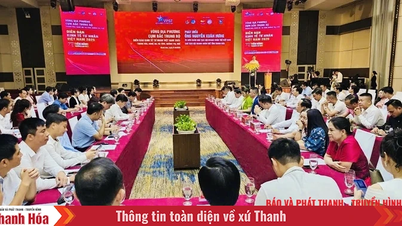

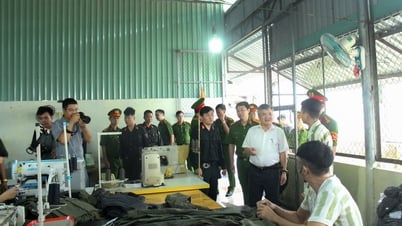


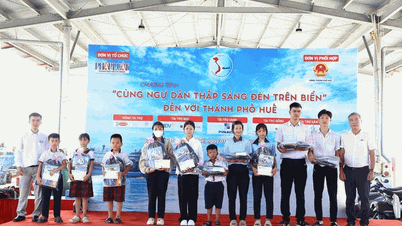






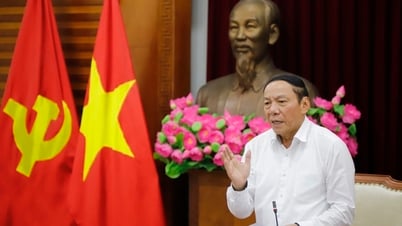
























Comment (0)